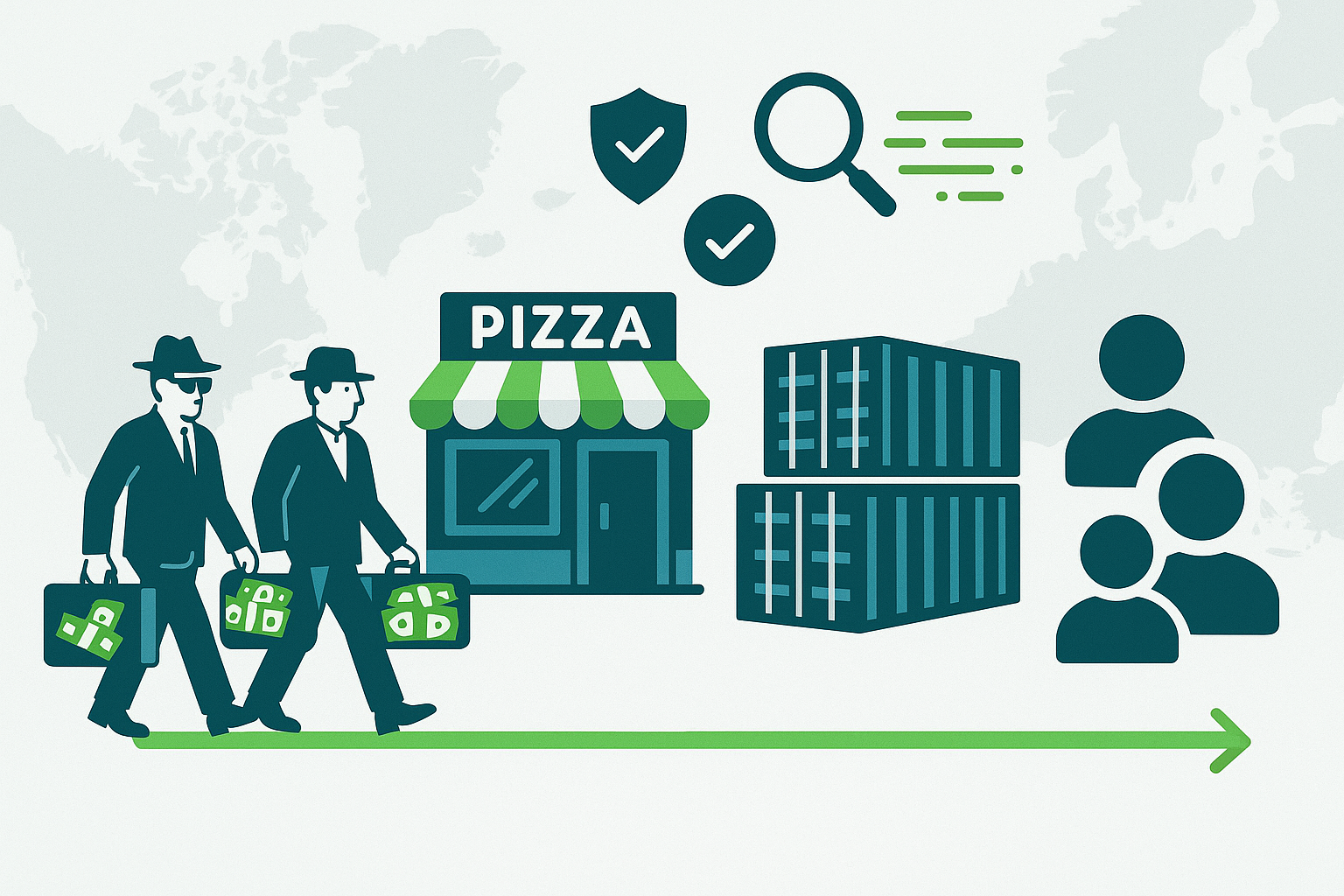How drug cartels smuggled millions - and why it wouldn’t work today
In the late 1970s and 80s, international drug cartels faced a simple but pressing problem: what to do with mountains of cash. The answer was as straightforward as it was shocking - suitcases stuffed with dollars, carried across borders on commercial flights.
Customs officers uncovered couriers with hidden compartments, false-bottomed luggage, and even cash-filled car seats. In one famous case, U.S. officials seized nearly $6 million in bills crammed into Samsonite bags - a fraction of the billions being laundered.
Why it worked
Back then, financial systems weren’t connected. Banks in one country didn’t talk to banks in another. There were no international reporting requirements, no systematic tracking of deposits. If a courier could cross the border, their cash could quietly enter the system.
Criminals knew that splitting the money into smaller chunks (known as “structuring” or “smurfing”) kept individual deposits under the radar. Without digital records, patterns went unnoticed for years.
How it changed compliance forever
These suitcase operations, combined with cartel violence, triggered one of the biggest regulatory shifts in history. Governments rolled out:
-
Mandatory reporting for cash transactions over a certain threshold
-
Cross-border information sharing between regulators
-
The first serious anti-money laundering frameworks, laying the foundation for today’s KYC and AML rules
Why it wouldn’t work today
Could a cartel get away with this in 2025? Not likely. Banks now operate under strict transaction monitoring, cross-border reporting, and automated anomaly detection. A single courier depositing structured cash would quickly light up red flags across multiple institutions.
Systems like Mesh ID push this even further - unifying onboarding data, triggering enhanced due diligence when anomalies appear, and making it nearly impossible to slip suitcase-sized sums through unnoticed.
Stay tuned
Suitcases of cash were just the beginning. When borders tightened, criminals got creative - turning to restaurants and retail fronts to disguise their profits.
👉 Next in the Fraud Files: The Pizza Connection - how the Mafia turned pizza parlors into money-laundering machines.

